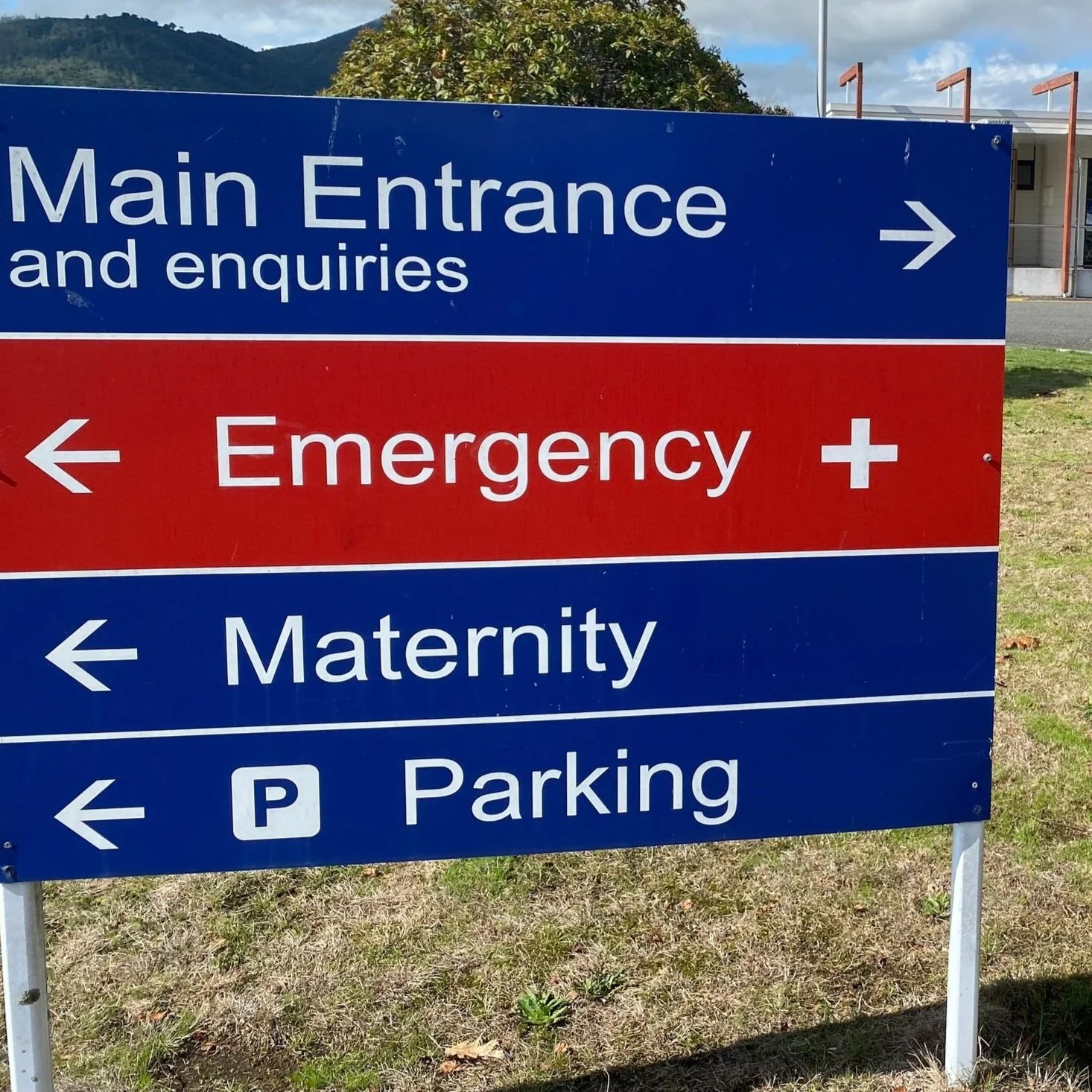Taupō residents vow to fight for town’s hospital
Taupō residents have vowed to fight to improve the town's hospital, which has faced dire workforce shortages.
Those shortages have been so bad that contingency plans were drawn up last year to move patients to Rotorua Hospital if Taupō's clinic had to close.
That would have left the area's 40,000 without easy access to emergency care - a situation those at a packed public meeting on Wednesday night say cannot happen.
Long-time Taupō resident John Davis said locals should be prepared for a rumble in the battle to adequately staff the hospital.
"I'm quite happy to organise, if people are interested. We'll get a committee together and we'll focus on one thing ... that Taupō Hospital doesn't go downhill, it actually goes uphill.
"We'll get people who are prepared to stand up and be counted. I'm happy to stand up and be counted."
Davis said the hospital proved its value to his family when his grandson was rushed there when he was younger and was revived several times before flying to Starship Children's Hospital in Auckland.
The idea for a committee seemed to gain support from the more than 100 people who turned out to Taupō's Hilltop School at a meeting organised by Patient Voice Aotearoa.
Others in the crowd suggested ideas to help find new doctors a place to live and settle in to the area.
Among those attending was local nurse Iretana, who said shortages among healthcare workers in the region were having an effect on people.
"They're getting put back. We can't get into appointments. People are swamping ED [the emergency department] and it's just not viable, so people are getting misdiagnosed or late diagnoses."
Roster problems persist
RNZ has revealed the existence of the contingency plans should Taupō not be able to get enough doctors to keep the hospital running, although Health NZ says the plan isn't active.
There are just 3.3 full-time equivalent senior doctors employed there out of nine funded positions, meaning expensive locums fill the gaps and permanent staff face burn out.
One agency list seen by RNZ shows Taupō Hospital requires locums on seven days between 3 and 18 August, paying $300 an hour for weekday work and $350 an hour for night work.
Robin Chan is a senior doctor at the hospital, and she said roster problems had persisted for some time.
"What I don't see and what I haven't seen is any targeted funding to improve the most pressing issue, which is the medical workforce for rural communities.
"It's not good enough to fund 100 new clinical placements or waive registrar training fees and expect those benefits to end up in rural communities."
Too many health decisions were made through an urban lens that didn't work for smaller areas, Chan said.
In her seven years in Taupō she's seen many colleagues come and go, and she said if doctors were to stay in smaller centres they needed to be valued.
"The greatest predictor of rural practice, of doctors staying rural, is actually being from a rural town. This is where you guys come in," she told the meeting.
"If you have children, and I don't care if they're a toddler or a teenager, or nieces or nephews or grandkids, for god's sake, buy them a stethoscope."
Taupō Hospital's clinical lead Dr Ralston D'Souza said partly because of public pressure health officials were now working with hospital staff to make change.
That includes creating eight more junior doctor positions, of which five were filled from later this year, to help ease the burden.
"It's not uncommon on a shift to see about 15 to 20 patients. Nationally, the average is probably seeing about eight to 10 patients per shift.
"That's the reason why we've struggled to attract doctors as well because they can work in Rotorua ED or other EDs around the country and it's much better working conditions."
Overnight at Taupō just one doctor was rostered on for the whole hospital, which could put off clinicians.
"The other thing that scares the locum doctors to come and work here is we've got a birthing unit right next door and birthing emergencies can happen.
"If a birthing emergency happens in Taupō Hospital, it [could be] just the one doctor and midwife assisting the patient."
Look after workforce, union says
Association of Salaried Medical specialists executive director Sarah Dalton said spending money on workforce conditions would help recruitment.
"The single most important issue for our members, senior doctors and dentists, and for all those nurses taking strike action and their colleagues, is they don't have enough colleagues. There aren't enough of them."
Patient Voice Aotearoa's Malcolm Mulholland said staffing was a real issue at Taupō Hospital, and the community had a right to know about the contingency plans and to act "as you see fit".
Health NZ wasn't represented on Wednesday night, but in a statement said its executive regional director Cath Cronin had discussed the meeting with Dr D'Souza.
"They agree that while there have been many challenges with recruiting and retaining permanent senior medical officers (SMOs) and filling vacant shifts, the SMO group feel supported to progress improvements at Taupō Hospital.
"A change being made to the emergency department staffing model is an example of a partnership approach between clinicians and hospital management to support our people, while maintaining access to safe services for the public."
Senior doctors had regular meetings with officials to present their ideas and plans, Cronin said.

